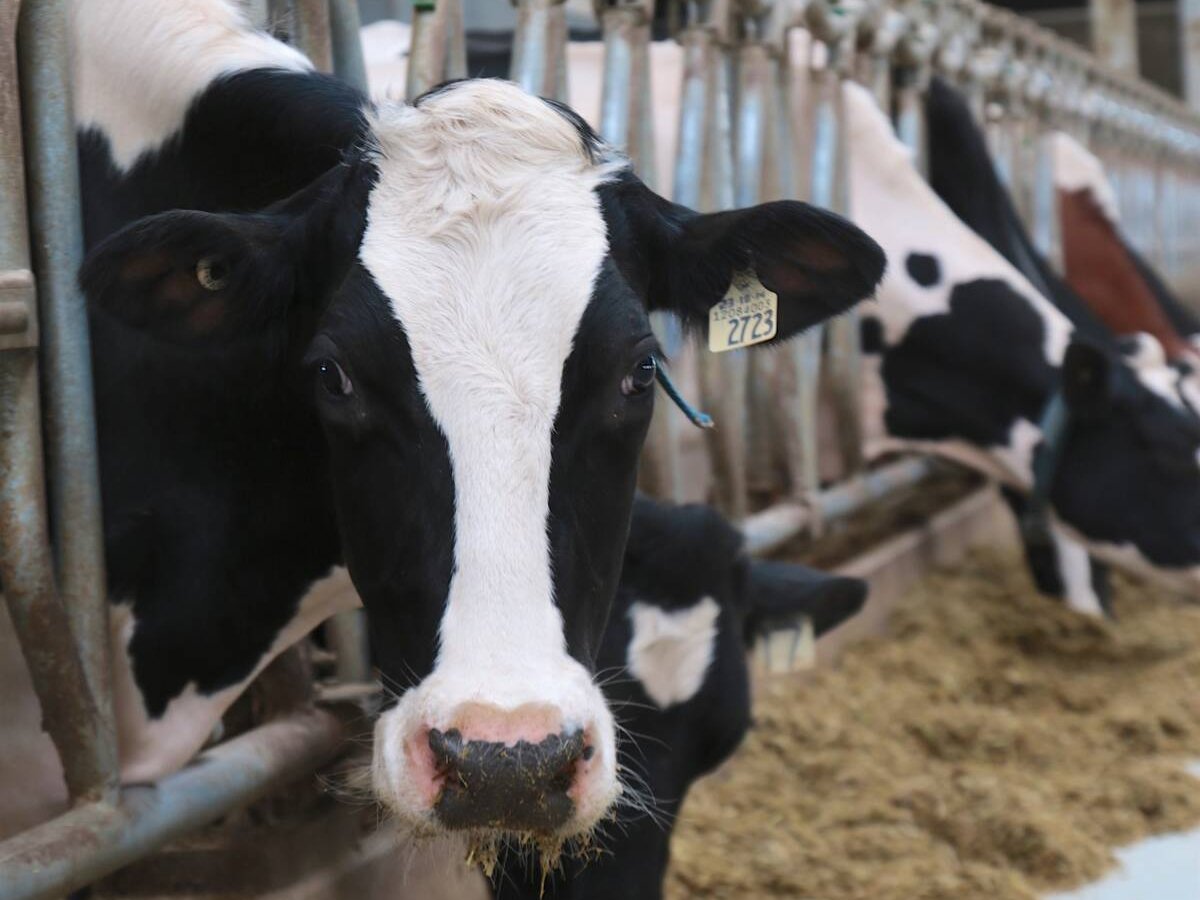Llamas may carry a cure for a serious intestinal disease found in hospital patients.
Clostridium difficile affects thousands of patients a year.
It thrives when healthy gut bacteria are weakened or destroyed by antibiotics used to treat patients following surgery or infections.
Researchers are developing a medication based on an antibody found in llamas, alpacas and camels to treat what is sometimes a fatal disease.
Human treatments are years away from commercialization and other institutions and pharmaceutical companies are also pursuing a cure.
Read Also

The Organization for Economic Co-operation and Development lauds Canada’s low farm subsidies, criticizes supply management
The Organization for Economic Co-operation and Development lauded Canada’s low farm subsidies, criticized supply management in its global survey of farm support programs.
However, this is considered to be a unique solution.
“It is a different approach from what other people are working on for treatments for this thing,” said Ken Ng, a University of Calgary professor and researcher.
“Llamas have this unusual kind of antibody that is different from the antibody that we and other animals have,” he said.
“It is almost a tenth of the size of normal antibodies that we have and that allows us to manipulate it.”
The natural antibody from the llama must be tailored in the lab so it can be used as a treatment.
Its unique structure allows it to destroy the toxin that costs the North American health system $10 to $20 billion per year.
The medication would be taken orally and go into the gut. It is not expected to linger in the body once it has neutralized the bad bacteria.
The discovery of this antibody came about by chance, said Jamshid Tanha of the National Research Council in Ottawa.
It was discovered in 1993 in Belgium when a summer student was purifying camel serum and a supervisor noticed an unusual quality.
“It was a very important discovery,” Tanha said.
Llamas produce what are known as single domain antibodies that bind to the C. difficile toxins and interfere with their ability to damage intestinal cells.
“We used llama because in Ontario there are a lot of farms,” he said.
Llamas produced antibodies to the infection after researchers injected them with the toxin. Blood samples were taken and the toxin-fighting cells were extracted and cloned with recombinant technology.
“These have come a long way from when we injected the llama,” Tanha said. “We never go back to the llama. Now it is sitting in a test tube in our lab containing certain cells. We take out a cell and clone them.”
Allergic reactions in some people are possible.
“It is always an issue that needs to be addressed before you reach that stage. We don’t know yet, but in general, llama antibodies seem to be very close in structure to human proteins,” he said.
The research was recently published in theJournal of Biological Chemistry.
———
livestock, none















